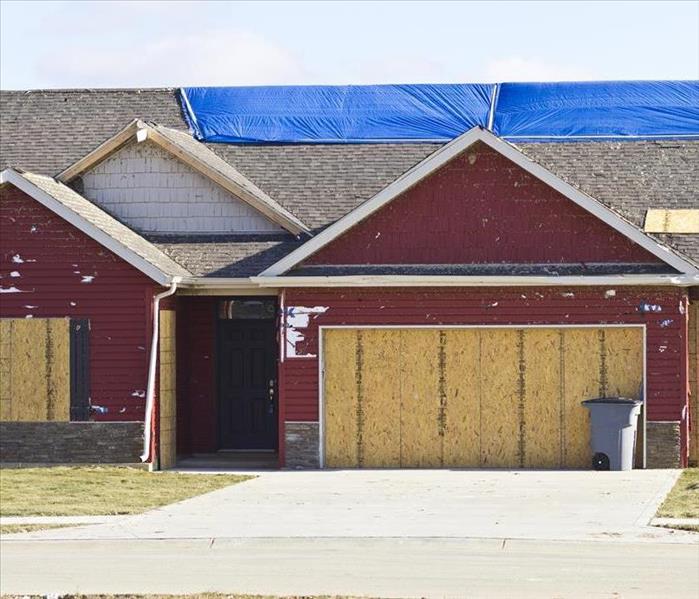Content Cleaning After a Flood
2/23/2022 (Permalink)
What do you think of when you think about the phrase content cleaning? If you are like many homeowners, you likely imagine a house cleaner or housekeeper running a vacuum and swashing a mob across your floors. However, if you are a restoration service in New Bern, NC, your idea is likely to be much different.
For restoration services, this type of cleaning refers to the restorative cleaning of damaged contents. Unfortunately, different disasters can make restoration impossible for specific items. For instance, a fire can leave little remnants of photographs, and its smoke can make appliance repairs risky. A flood can ruin floors, but some fabrics might be salvageable, depending on the water category.
When it comes to contents, you need to consider the item and its material. Commonly damaged items include:
- Electronics
- Fabrics
- Papers
- Photos
For some items, you can find specialized cleaners who can work miracles. Still, it would be best if you were prepared to let go. In many cases, the ability to save content depends on how quickly you respond to the disaster.
How To Organize Content Cleaning Efforts
When speaking of storm damage, a flood is a common disaster. The flood does not have to stem from the exterior of the home either. Weather can weaken the roof or cause sewage backups.
Before delving into the cleanup process, it is crucial to organize the effort. Restoration services can help by separating potentially salvageable materials from clear trash.
While restoration companies understand that some contents hold sentimental value, it is vital that clients trust the experts' opinions. Sometimes, sentimentality is not enough to salvage a piece.
What Is Salvageable?
In general, nonporous items can be saved, and porous items need further assessment. If porous items were submerged in clean water, they could often be cleaned. However, when dealing with gray or black water, it is typically best to throw away anything porous.
Restoration experts often suggest being vigilant when sorting through your contents. Many experts urge clients to be grateful for their safety and the possibility of recovery. While they understand the loss of sentimental items is difficult, sometimes the best thing you can do for your health is throw away contaminated items.
Trust the opinions of the remediation service you hire. The technicians working on your property are licensed and trained in disaster response cleaning. They will understand what items can be saved and which should be discarded.
Who Can Help With the Recovery?
While many homeowners want to cut recovery costs, they need to consider the extent of the damage and the category of the water. Not all water disasters are suitable for DIY responses. In fact, clean water disasters are likely the only type of water issue homeowners can help with. There are certain health risks to consider when it comes to gray or black water.
Content cleaning after a flood from a storm is often best left to professional remediation experts. While homeowners might want to save money, it is essential to put health and safety first. It is also necessary to accept that not every item can be salvaged.





 24/7 Emergency Service
24/7 Emergency Service
